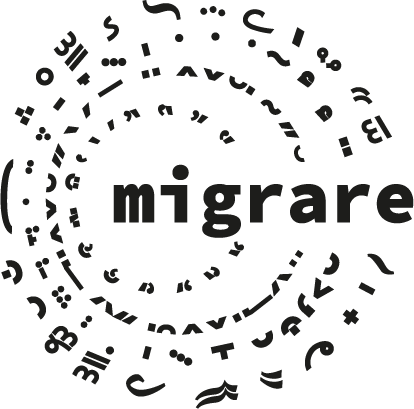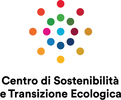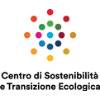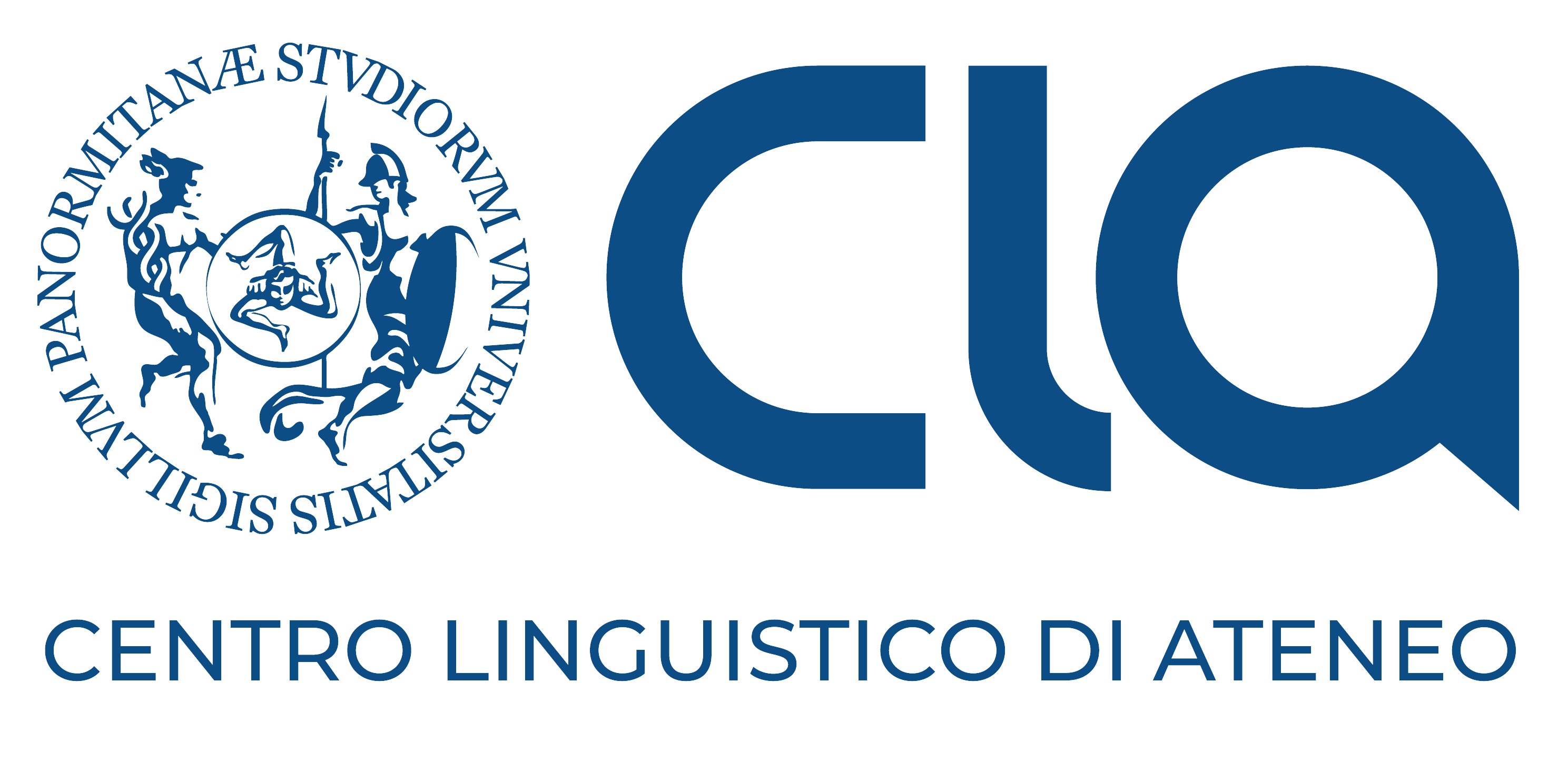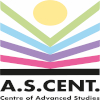Ascolta
The doctoral program – curriculum “Model Based Public Planning, Policy Design and Management” – is focused on applying System Dynamics modeling to foster a learning-oriented approach in public sector performance management and governance, for the design and implementation of sustainable policies.
By attending the program, students will learn how system dynamics modeling can support collaborative governance, to manage ‘wicked’ social issues and to pursue sustainable community outcomes.
“Wicked” social problems characterize most of governmental planning, with a specific concern with social issues. These are complex policy problems featured by high risk and uncertainty and a high interdependency among variables affecting them. “Wicked” problems cannot be clustered within the boundaries of a single organization, or referred to specific administrative levels or ministerial areas. They are characterized by dynamic complexity, involving multi-level, multi-actor and multi-sectoral challenges.
Examples of such problems include: traffic congestion, societal aging, unemployment, youth disengagement, education, social cohesion, domestic violence, child abuse, crime, corruption, terrorism, poverty, migration flows of refugees, homelessness, climate change, and natural disasters. Such policy areas underlie a multitude of dynamic complex problems that today’s societies are expected to deal with, to pursue resilience and to improve quality of life. Failing to consider the dynamic complexity of such problems, involving different policy makers (from not only the public, but also non-profit and the private sector) increases the risk of policy resistance and of counterintuitive, unpredictable behavior of the systems that a public agency may try to affect through its own individual actions.
Such problems are usually ingrained in major social issues of modern life, and their interpretation is not univocal because it depends on the adopted value perspectives. Consequently, by simply gathering more information can be insufficient to understand and resolve them. Designing public policies to deal with ‘wicked’ issues usually implies that there is not a definitive (i.e. true or false) solution to them; there can be rather a ‘good’ or ‘bad’ way to frame them and to profile one or more consistent (or inconsistent) alternative decision sets. Both the different interests and mindsets of policy makers, service users and people belonging to a local community require that policies to deal with such problems should be designed and implemented based on a strategic learning process, focused on conflict resolution as well as dialogue among involved stakeholders. Also, intangibles (e.g. trust, relational and social capital, perceived levels of service, and other behavioral factors) play an important role in affecting policy outcomes for such issues. Even material and information delays may affect strongly the feedback structure underlying counterintuitive behavior of the key-variables profiling these problems. Therefore, enabling decision makers to promptly perceive weak signals of change and to provide reliable keys to frame them is an important attribute of effective policy design and implementation to address ‘wicked’ problems.
To deal with these issues and to have an impact on community outcomes in a sustainable way, governmental reforms should make consistent three main sub-systems with each other, i.e.: 1) institutional/legislative systems and administrative rules, 2) organization structures/management systems at agency level, and 3) cultural systems, so that they may sustain the desired governance mode. The first sub-system provides the context under which the authority, roles and areas of influence of different involved stakeholders are disciplined. It sets standards for policy-making, information, and communication procedures. The second sub-system provides the logics and tools for management. The third sub-system provides the values and beliefs underlying the behavior of stakeholders (policy-makers, public officials, citizens and a local area community). When governmental reforms are designed, different conceptual ‘lenses’, principles and methods are usually adopted to frame problems by each of the above sub-systems. While institutional/legislative systems are the domain of political studies and law, organizational systems are related to management studies; cultural systems are a natural field of analysis for sociology and psychology. Implementing changes for each of the three sub-systems requires that different and complementary policy makers skills, strategies, and time horizons are adopted. Therefore, an interdisciplinary approach is needed in designing sustainable governmental reforms aiming at coordinating policies to deal with ‘wicked’ social issues.
Inconsistencies in the design of the three mentioned sub-systems provide a primary cause of failure in the implementation of public sector and social reforms. For instance, a reform aimed to pursue efficiency and effectiveness in administration might adopt a technocratic approach in the design of organization models and tools (e.g. by only using a ‘New Public Management’ view). Such approach usually implies a focus of accountability on only a single agency’s administrative efficiency and effectiveness. This usually omits to consider also effectiveness in achieving community outcomes. A systems perspective would, rather, require new management approaches and professional skills. For instance, it might need to redesign the way information is delivered, shared and deployed by decision makers; in this regard, the role of Information Technology could be fundamental to sustain change. It should also consider that a change in the mindset of people (e.g., elected officials, managers, and citizens) is often needed to pursue sustainable community outcomes. Furthermore, it implies that legislative and administrative reforms are designed and implemented to sustain fundamental change in management. On the contrary, an institutional/legislative system that discourages collaboration among stakeholders, may provide a major barrier for adopting an outcome-based view in policy making, focused on an inter-institutional collaborative approach.
Through collaborative governance, a public-sector institution may involve other stakeholders in carrying out a strategic learning process aimed at framing public value, at identifying its drivers and the strategic resources a local area might build up and deploy to affect community outcomes. This learning process should support the design of ‘robust’ policies, implying an outcome-based view. This entails a co-design, co-production, and co-assessment of policies by different agents, aiming at pursuing community resilience and sustainable socio-economic development.
Collaborative governance can reshape the role of performance management by reinforcing its function as a coordination support mechanism –not only seen on an administrative, but also on a political level. This suggests the need to extend the focus of performance management from the perspective of agency efficiency and effectiveness, to an assessment of the quality and 4sustainability of the designed policies – shared by different stakeholders – and of their aptitude to have an impact on a community quality of life. It should also lead government to use performance management systems to model the drivers impacting on the quality and sustainability of adopted policies. Among such drivers, an important role can be played by modeling how culture, trust, legislation and rules, stakeholders’ identification and selection, financial and non-financial incentives towards collaboration may affect the aptitude of designed policies to pursue the sustainability and resilience of a community. Another important implication of collaborative governance for reshaping the role of performance management concerns the method through which a single agency may identify its own specific final and intermediate outcomes, and output measures, based on the community policy outcomes co-designed with other stakeholders in a local area.
System Dynamics, Performance Management and Collaborative governance
How to foster the development of networks of public sector organizations that may lead to sustainable community outcomes? How to model such sustainability? What are its key-components and drivers? How to model community outcomes? How to set agency outcomes which are consistent with community outcomes? What are the drivers and the behavioral implications associated with this process? How to model, benchmark and assess the effects on social and financial outcomes of alternative organizational designs of networks and of other hybrid formulas for providing community support and generating public value? How to measure network performance?
What are its main outcomes and drivers? How to model relational and social capital? What are their drivers? How to model the processes through which trust is built or eroded in a community area? How to model the drivers of information sharing among stakeholders and its effects on network performance? How to embody public values into performance evaluation, so to consider not only efficiency and effectiveness in policy implementation, but also equity, social justice and quality of life? What is the role of education in developing such a shift of mind in performance evaluation? What kind of skills, attitudes and values should be fostered? How to foster outcome-based accountability (at both a political and a managerial level) if a single agency can directly affect only a fraction of community outcomes? What kind of changes should be fostered to enable this shift in performance management? More specifically, what are the implications of such shift for cultural, institutional/legislative, and organizational systems? How to pursue such changes? How to foster an interdisciplinary approach in designing and implementing sustainable governmental reforms aimed at generating community outcomes and public value?
To implement collaborative governance, to enhance coordination in public policy design and implementation, and to support stakeholders to find possible answers to the previous questions, Dynamic Performance Governance may play a crucial role. It may boost the capability of a leading public sector organization to map ‘wicked’ social problems’ stakeholders and to involve them –through forums supported by a learning facilitator –to pursue a common shared view of the hidden feedback structure underlying the behavior of desired policy outcomes over time. It may support policy makers to outline the boundaries of the relevant system to investigate, and to adopt a common ‘language’ to analyze dynamic and complex social problems, so to sketch a bridge between different disciplines focusing such problems on only sectoral perspectives. It may also help each involved agency to outline a set of intermediate and organizational outcomes which are consistent with the inter-institutional, community outcomes.
Organization and outcomes of the program
The doctoral program consists of three academic years, during which students will attend seminars, lectures, focused modeling and simulation sessions, class discussion sessions, computer-based training sessions, according to the table shown here below. The teaching strategy is based on the active and continuous participation of students. It also aims to increase students’ attitudes to frame a scientific problem, develop research hypotheses, implement proper research methodologies to test them, and evaluate results. The doctoral program adopts a methodological framework that combines System Dynamics modeling with Planning & Control systems, to support decision-makers in managing and evaluating organizational and community performance, to foster sustainable socio-economic development and monitor crisis prevention.
During the 3-years program, students will attend lectures and seminars both at the University of Palermo and at our Partner Universities: Bergen (Norway), Nijmegen (the Netherlands), and Bogotà (Colombia).
At the end of the program, students will defend their doctoral thesis, to receive a double degree with the University Jorge Tadeo Lozano, Bogotà (Colombia).
The doctoral thesis will have to be consistent with the research domains and scientific interests suggested by the governance issues of the region where our research group is located. For this reason, the thesis proposal submitted by the student before the selection process will only provide a first basis from which the student will have to start thinking, during the first and part of the second year of the program, with the possibility to radically change the original topic, based on the learning outcomes from attended classes. Therefore, attending classes will be fundamental to succeed.
Main professional outcomes from attending our program are:
- starting a career in Universities and Research institutions, or even “think tanks”;
- working in Public Administration (e.g.: state and local government, public utilities, health care organizations);
- working in NGOs, nonprofit, business sectors, “backbone” and community-based organizations;
- supporting, as consultants, decisionmakers in different public and private sector agencies, including local government, “backbone” and community-based organizations in better assessing the quality and sustainability of their policies and strategies, and implementing them.

Other info can be found at: http://ced4.com/education/ph-d-program/
The call for application is available at: https://www.unipa.it/mobilita/en/new-students/phd-programs/









